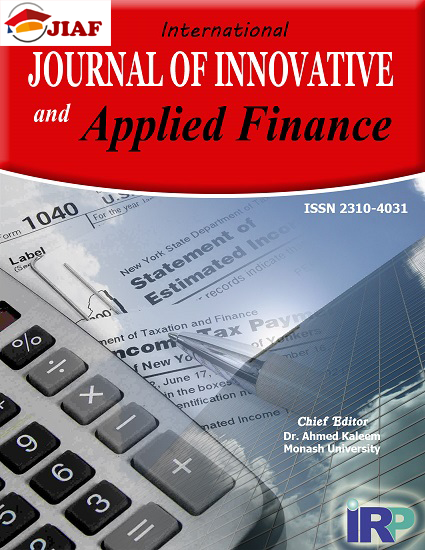The Role Of Soft Marketing Leadership In Enhancing Employee Gratitude A Survey Study Applied To Noor Al-Kafeel Company In The Governorates Of Najaf And Karbala
Abstract
- Objective: This study aims to explore the impact of soft marketing leadership on enhancing employee gratitude at Noor Al Kafeel Company. The study seeks to provide a comprehensive understanding of soft marketing leadership concepts, and to verify the extent of the impact of this leadership on improving the degree of employee gratitude.
- Importance: The study gains its importance from the increasing role of soft marketing leadership in enhancing a positive work environment. The research provides insights into how to use soft skills to enhance positive interaction between employees, which contributes to achieving organizational goals and increasing productivity.
- Methodology: The study used the descriptive analytical approach. Data were collected through questionnaires distributed to a sample of Noor Al Kafeel Company employees. The data were analyzed using appropriate statistical methods to determine the relationship between soft marketing leadership and employee gratitude.
- Community and sample: The study was applied to Noor Al Kafeel Company employees in the governorates of Najaf and Karbala. The sample was randomly selected, and the number of distributed forms was 80 forms, 77 valid forms were retrieved for analysis.
- The most important recommendation: Enhancing a work environment that encourages trust and transparency to achieve higher levels of employee gratitude.
- The most important conclusion: Soft marketing leadership contributes to creating a vibrant work environment that enhances employee productivity and performance.
Downloads
Published
2024-08-24
How to Cite
Lecturer. Fahim Aziz Majeed Al-Mayali & Dr. Hussein Muhammad Ali Kashkool. (2024). The Role Of Soft Marketing Leadership In Enhancing Employee Gratitude A Survey Study Applied To Noor Al-Kafeel Company In The Governorates Of Najaf And Karbala. International Journal of Innovative and Applied Finance, 12(3). Retrieved from https://www.publishpk.net/index.php/ijiaf/article/view/330
Issue
Section
Articles










